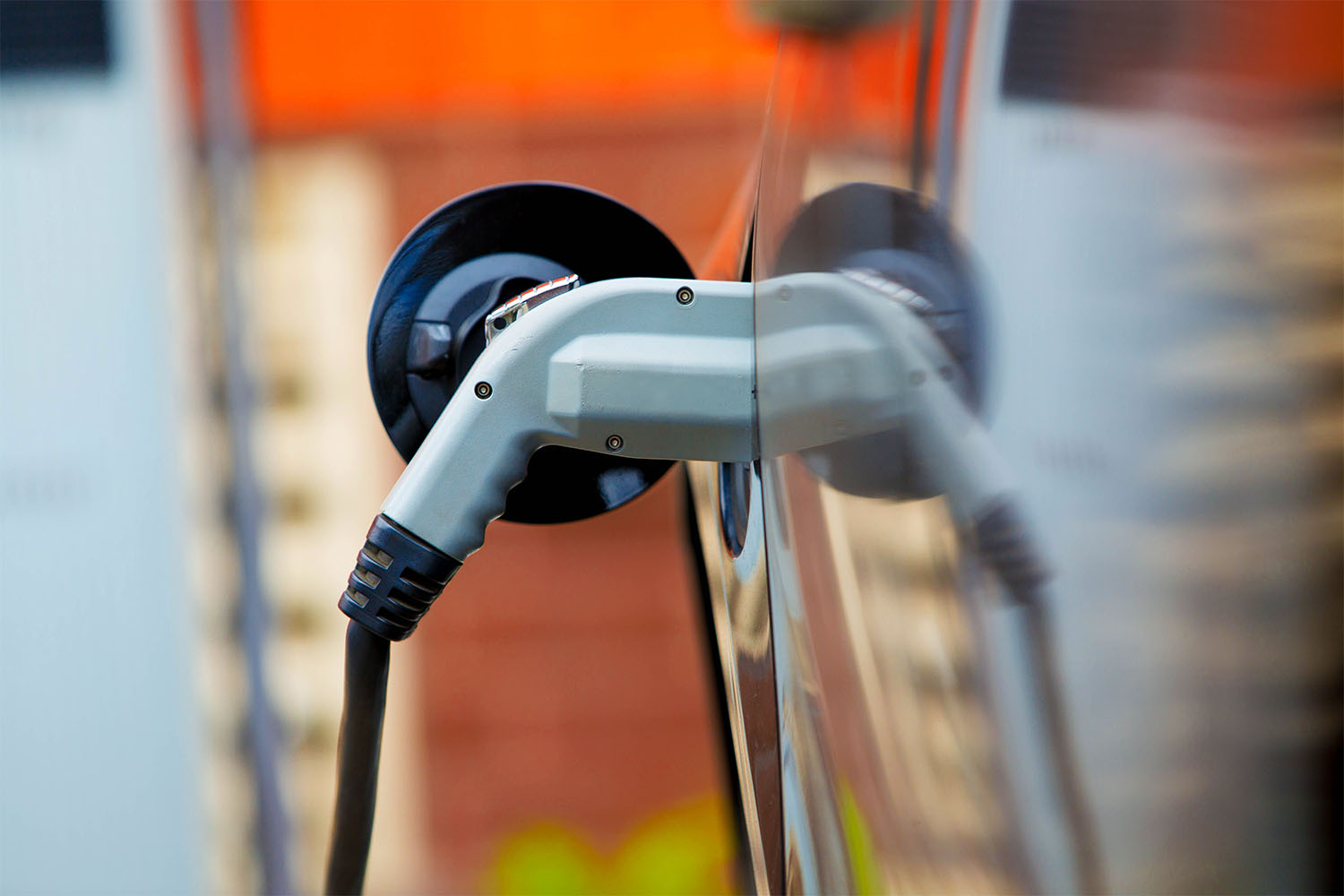Should electric vehicle battery manufacturers prepare for a regulatory revolution?
Published on 29th December 2022
The EU's Battery Regulation is on the home straight – its adoption by the European Parliament and the Council and its entry into force is expected soon

In December this year, the European Parliament and the Council reached a preliminary political agreement on the text of the proposed Battery Regulation (This is the work initiated by the proposal for a Regulation of the European Parliament and of the Council on batteries and waste batteries, repealing Directive 2006/66/EC and amending Regulation (EU) 2019/1020; COM/2020/798 final.) This means that the Battery Regulation is on the home straight – its adoption by the European Parliament and the Council and its entry into force is expected soon.
Once in force, the Battery Regulation will apply in all the EU Member States without the need for its implementation into national law, as is the case with directives. This means that businesses placing batteries on the market will have to comply with the provisions of the Regulation and meet the obligations imposed on them by the deadlines set in the Regulation.
We will find out when the individual obligations will come into force after the final version of the Regulation is published. However, according to the EC press release, the first obligations under the Battery Regulation are to apply as early as 2024.
What changes will the Battery Regulation bring?
The regulations contained in the Battery Regulation are intended to make batteries more sustainable, thus contributing to the achievement of the EU's climate goals – including the goals of a circular economy.
Thus the measures provided for in the Battery Regulation will address the entire battery life cycle – from the acquisition of raw materials needed for battery production, through the manufacture process, the use of the battery, to the point at which the battery becomes waste. The Regulation also contains provisions on batteries reuse and recycling.
The Regulation will apply to batteries of various types – from portable to industrial batteries. The Regulation distinguishes several battery types (e.g., SLI batteries, light means of transport batteries), specifying detailed requirements for each.
What do these changes mean for electric vehicle battery manufacturers?
One of the battery types singled out in the Regulation are electric vehicle batteries - i.e. batteries specifically designed to provide traction to hybrid and electric vehicles.
The requirements that electric vehicle batteries will have to meet include restrictions on the use of hazardous substances, requirements concerning the carbon footprint of batteries and the content of recyclates, as well as electrochemical performance and durability parameters. Manufacturers will, in principle, be responsible for drawing up the relevant battery documentation and carrying out a conformity assessment procedure.
Some of these obligations will come into force gradually. The battery carbon footprint requirements is a good example.
As the first step, the Regulation will require the carbon footprint of a battery to be calculated for each model produced in the manufacturing plant and this information to be included in the battery carbon footprint declaration. Guidance on how to calculate the carbon footprint will be set out by the EC in a delegated act. Subsequently, it will be required to allocate a battery model to the appropriate carbon footprint class, and to and include this information on the battery label. As the final step, the Regulation will introduce maximum lifecycle carbon footprint levels that batteries will not be allowed to exceed. These levels will be determined by the EC in a delegated act.
Similarly, the requirements concerning the recycled content of batteries will enter into force gradually. Initially, it will be required to indicate the content of these materials in the battery documentation; later, batteries will have to meet the minimum content requirements for these materials. According to press reports, these levels for electric vehicle batteries will initially be 16% for cobalt, 85% for lead, 6% for lithium, and 6% for nickel.
The Regulation introduces several labelling requirements for batteries and a so-called battery passport – an electronic battery record containing the information about the battery. The technical details of the battery passport will become known after the adoption of delegated acts by the EC.
Once the Battery Regulation enters into force, manufacturers of batteries for the needs of electromobility will have to ensure that the batteries (accumulators) they produce meet the requirements set out in the Regulation, will have to label batteries appropriately, and produce the relevant documentation. This will imply changes already at the stage of battery production.
Does the Battery Regulation address battery waste management?
The Battery Regulation will set out specific issues relating to batteries reuse and it will impose certain obligations on electric vehicle battery producers regarding battery waste management – this is expected to contribute to recycling of batteries.
Electric vehicle battery producers will be obliged to set up a scheme for taking back used batteries from end users. The Regulation also regulates the system of extended producer responsibility (EPR), in which battery producers are to participate in certain costs associated with battery waste management. This will also involve an obligation to register in an appropriate register in countries where the producer makes batteries available on the market (in Poland, this will probably be BDO), and also certain reporting obligations. These obligations will also apply to manufacturers of electric vehicle batteries placing them on the market. According to the EC press release, the new regulatory EPR framework will become effective by mid-2025.
What will the new rules mean in practice for those in the electromobility industry?
The new obligations described above are only examples of what the Battery Regulation will bring to electric vehicle battery manufacturers. We are still waiting for the formal adoption of the Regulation – then we will know its final wording and we will be able to specify in detail what obligations will be imposed on these entities and when they will be imposed.
What is certain is that the changes introduced by the Battery Regulation will have to be taken into account already at the battery production stage, so that batteries meet, for example, the carbon footprint and recyclates content requirements. It will be essential that appropriate measures are in place allowing to collect all the data required by the Regulation in order to label batteries and draw up the required documentation.
It will also be necessary to properly identify the EPR obligations and then decide how to fulfil these obligations. The Regulation will allow for (and sometimes require) the appointment of an authorised representative. It will also be possible to perform the obligations through producer responsibility organisations.
Also, the manufacturer’s compliance procedures will need to be adapted to meet the due diligence requirements of the Regulation and to demonstrate that the raw materials used to manufacture batteries have been sourced responsibly.
Manufacturers of batteries for electromobility should, therefore, examine the Battery Regulation as soon as the text is published in order to accurately list the obligations they will soon have to fulfil.
Does the Battery Regulation apply only to battery manufacturers?
Finally, it is worth emphasising that the Regulation will impose new obligations not only on EV battery manufacturers, but also on other EV battery traders – such as their importers and distributors. These obligations will include, inter alia, verification that the batteries they place on the market meet specific documentation or labelling requirements. In certain situations, these entities may have obligations analogous to those applicable to battery manufacturers (e.g., when an importer or distributor makes certain changes to a battery or changes its intended use).
Therefore, these entities should also look at the Regulation and verify what their obligations will be and from when will they apply.




